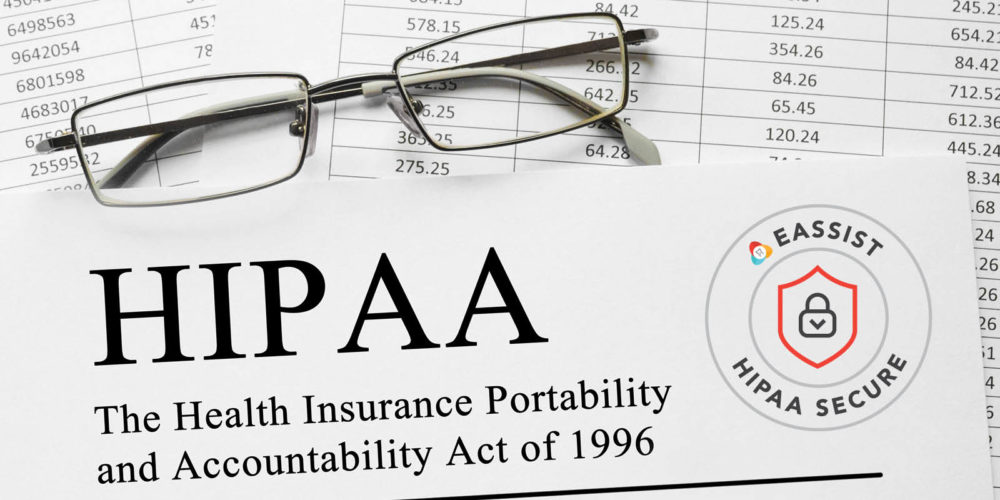How Can People Add, Revise, and Delete CDT Codes?
For treatments that do not have any corresponding CDT codes, dentists could record the “‘unspecified …procedure by report’ CDT Code” on the dental claim, along with any “documentation that explains the service provided” (“Frequent General Questions Regarding Dental Procedure Codes”). For instance, dentists can record D0999 for “Unspecified diagnostic procedure, by report,” D3999 for “Unspecified endodontic procedure, by report,” etc. (“Dx999 – Unspecified Procedures” 2018). When there is no code for a procedure, dentists can then send a request for a new code to a committee consisting of “representatives from the ADA [American Dental Association]” and “insurance industry” (“Frequent General Questions Regarding Dental Procedures”; Shelbourne). Along with additions, people in the dental industry, such as dentists, “businesses that produce specific dental tools,” “the ADA’s Council on Dental Benefit Programs, dental specialty organizations, third-party payers, and others in the dental community” can also ask for revisions and deletions to the CDT codes (“Frequent General Questions Regarding Dental Procedure Codes”; Shelbourne). These changes could help dentists bill certain procedures to insurance companies more easily.
While people can request changes to the codes, they have to fulfill many requirements. Dentists have to send separate request forms “for each desired CDT action,” such as adding, revising, or deleting a code, and justify each of these requests (“Request a Change to the Code”). For example, people must justify deleting a code by “specify[ing] another current code (not a ‘999’ unspecified procedure) that adequately describes the procedure. If there is no alternative or the procedure is believed to be obsolete, explain this in writing” (“Request a Change to the Code”). To support their argument to add a code for a procedure or technology, people could cite “supporting documentation or literature,” but they have to get “written authorization to reprint and distribute” and “all material must be submitted in electronic format” (“Request a Change to the Code”). When their request has been denied, dentists can send another request form with new information “for consideration in a subsequent CDT Code review and revision cycle” (“Request a Change to the Code”). While business that manufacture dental tools can send requests for changes in order “to ensure their products will be covered by a specified code accepted by insurers,” the committee changes CDT codes “based on the need for documenting procedures based upon the patient’s dental needs and not on services covered by any applicable dental benefit plan” (Shelbourne; “Request a Change to the Code”). Also, these codes usually identify dental treatments, “not the use of specific tools” (Shelbourne). Even so, these changes can yield fruitful results because for the CDT codes in 2019, there were “15 additions, five revisions and four deletions…” (“CDT 2019 dental code additions, revisions and deletions announced” 2018).
As these requests for changes undergo the “review, approval and implementation process,” it may be “three years–give or take a few months…” (Shelbourne). Nevertheless, these changes could help dental providers document and bill their procedures to insurance companies more efficiently.
Works Cited



0 Comments